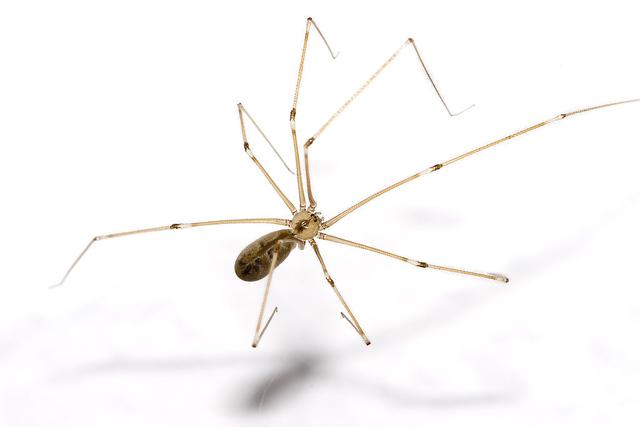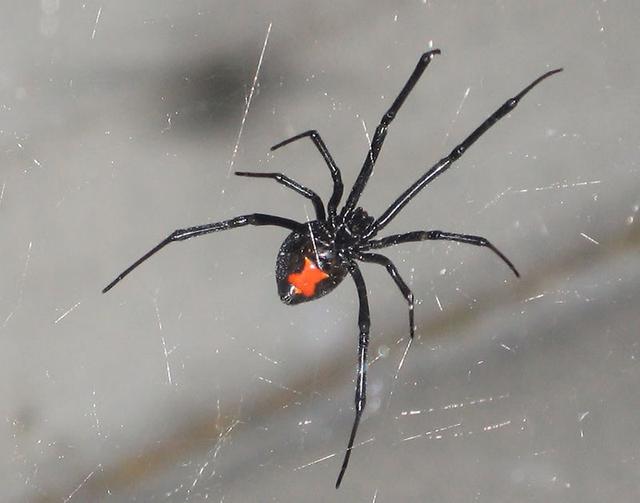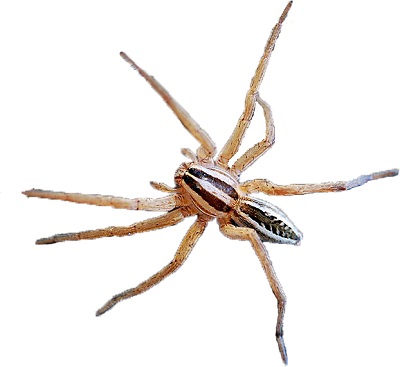ATC Pest Control
Spiders
Cellar Spiders
Below are the most common spiders found in the city of El Paso and throughout most of Texas. A Power Spray treatment is recommended for the control of spiders.
This spider is the most common Pholcidae spider in the U.S. It is know for its extremely long legs. It can be found in many types of buildings throughout the year. It nests in quiet, dry places with low light. It is not known to bite or be poisonous.
Black Widows
Black Widow species found in Texas include: the southern, northern and western black widow. They live around homes, furniture, shrubbery and other undisturbed places. People are bitten when accidentally disturbing a hidden spider or its web. It's bite can result in local swelling, redness, tremors, nausea, vomiting, leg cramps, abdominal pain, profuse perspiration, rise in blood pressure, breathing difficulties and unconsciousness. Less than 5% of reported bites result in death.
Recuse Spiders
Five species of recluse spiders have been recorded in Texas. All these species are considered dangerous. The best know is the brown recluse spider. They can be found bathrooms, bedrooms, garages, under furniture and around other human dwellings. They are most active at night, when they hunt. People are commonly bitten when in bed asleep or when putting on clothing that has been undisturbed for some time. Their bite can result in fever, chills, nausea, weakness, and joint pain. The venom kills the affected tissue, which breaks down and exposes underlying tissues. Healing can take up to 8 weeks, resulting in a scar, depending on the amount of venom injected.
Wolf Spiders
Wolf spiders are the most common spider to enter homes. An average backyard can have hundreds to thousands of wolf spiders. Their webs serve as daytime shelter but do not capture prey. Wolf spiders hunt at night and their eyes reflect light. Unlike other spiders, they pose not threat to people or pets.
Preventive Measures
1. Clean and vacuum closets and storage areas frequently
2. Seal doors and windows with screening and weather stripping
3. Tape and seal boxes in storage areas to prevent spiders from harboring
4. Remove any webbing with a broom, dust mop or vacuum
5. Use a water hose to wash off outdoor areas, such as rock walls, and under roof eves



